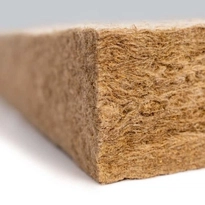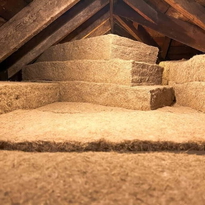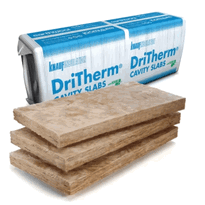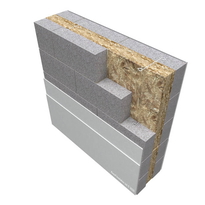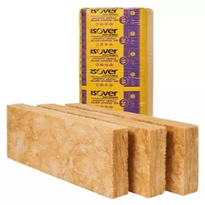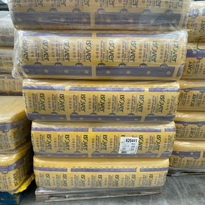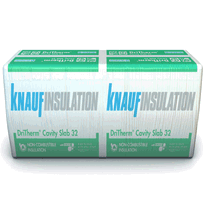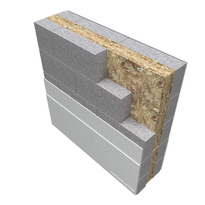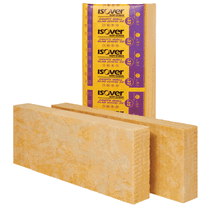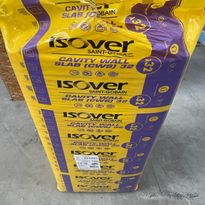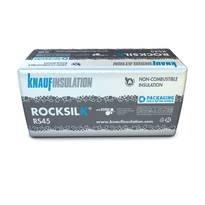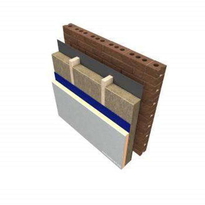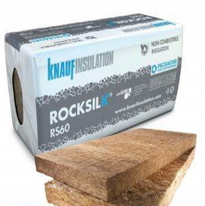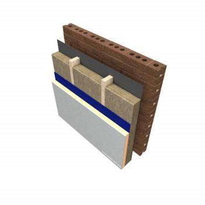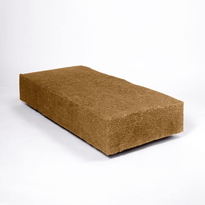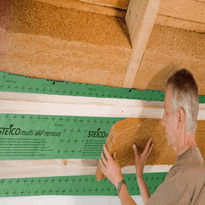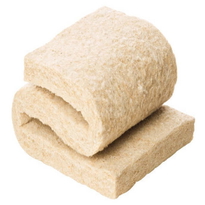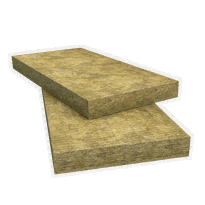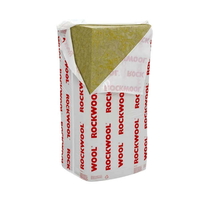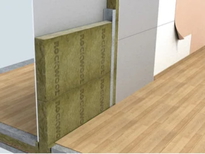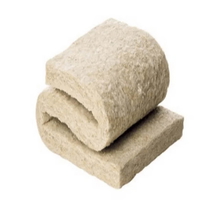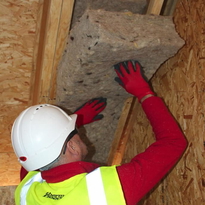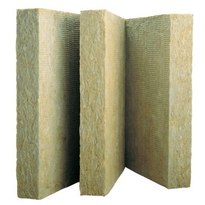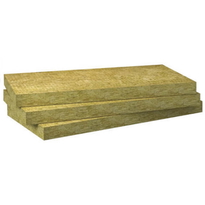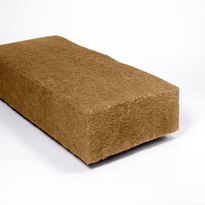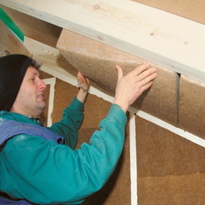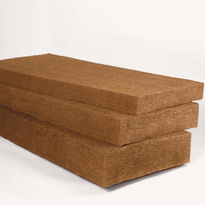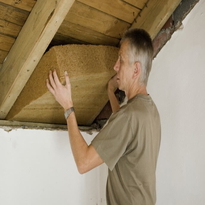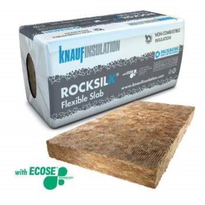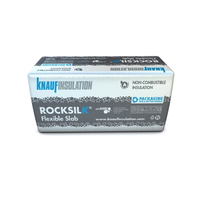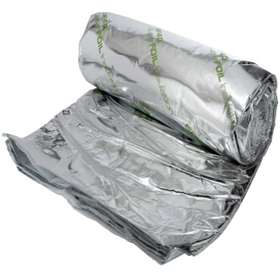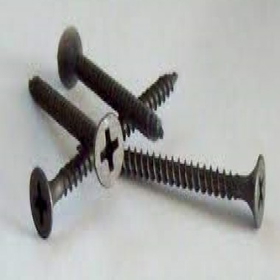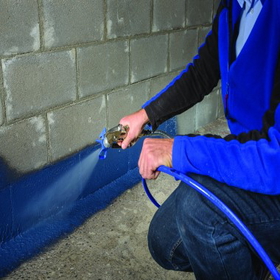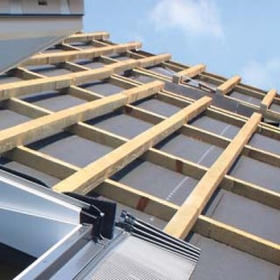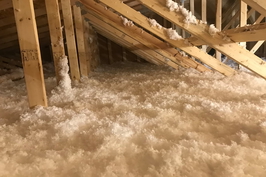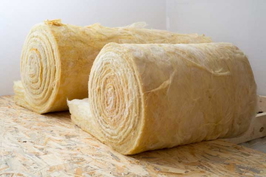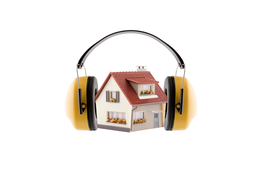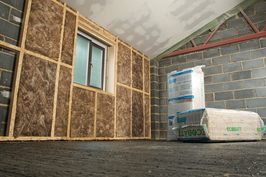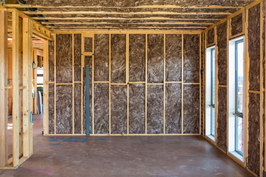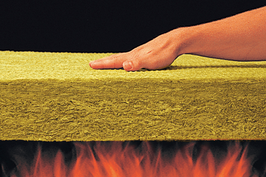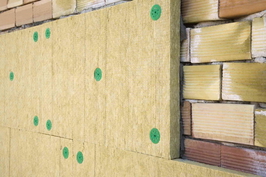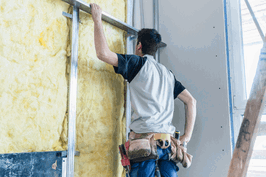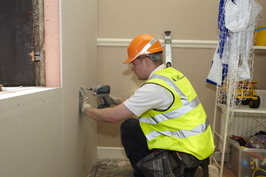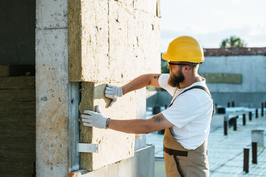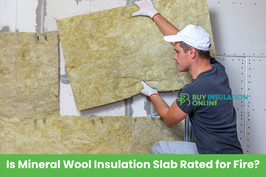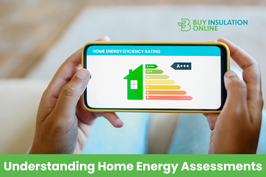Similar Categories
Insulation Slabs: A Guide to Choosing and Installing the Right Product for Your Project
Insulation slabs are rigid or semi-rigid boards of insulation material that are used to insulate walls, floors, roofs, and other surfaces. They are available in different thicknesses, densities, and thermal and acoustic properties, depending on the application and the performance required. Insulation slabs can be made from various materials, such as mineral wool, hemp, wood fibre, and rock wool.
In this article, we will discuss the benefits of using insulation slabs, the factors to consider when choosing the right product, and the best practices for installing them.
Benefits of Using Insulation Slabs
Insulation slabs offer several advantages over other types of insulation, such as rolls, batts, or loose fill. Some of the benefits are:
- Easy to handle and install: Insulation slabs are pre-cut to standard sizes and shapes, which makes them easy to transport, store, and fit. They can be cut to fit irregular spaces or around obstacles, such as pipes, wires, or vents, using a sharp knife or a saw. They can also be fixed to the surface using nails, screws, clips, or adhesives, depending on the product and the substrate.
- High thermal performance: Insulation slabs have a high R-value, which is a measure of how well they resist heat flow. The higher the R-value, the better the insulation. Insulation slabs can help reduce heat loss or gain through the building envelope, which can lower energy bills and improve the comfort and health of the occupants.
- Excellent acoustic performance: Insulation slabs can also help reduce noise transmission through the walls, floors, or ceilings, which can enhance the acoustic comfort and privacy of the rooms. Insulation slabs can absorb and dampen sound waves, which can reduce the impact of airborne or impact noise, such as traffic, music, or footsteps.
- Fire resistance: Insulation slabs are generally non-combustible or have a low flammability rating, which means they can resist or delay the spread of fire. This can improve the safety and security of the building and the occupants. Some insulation slabs can also act as a fire barrier, which can prevent or slow down the penetration of fire or smoke through the structure.
- Moisture resistance: Insulation slabs are also resistant to moisture, which can prevent the growth of mould, mildew, or bacteria, which can cause health problems or damage the building materials. Insulation slabs can also help regulate the humidity and condensation levels in the building, which can improve indoor air quality and comfort.
Factors to Consider When Choosing Insulation Slabs
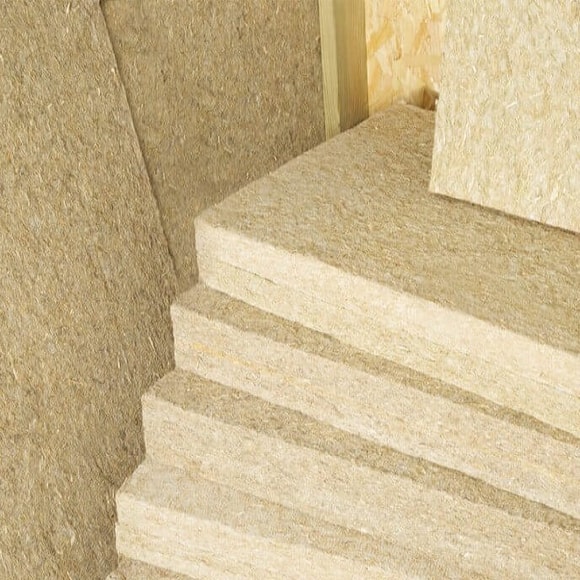 Insulation slabs are not a one-size-fits-all solution. There are many factors to consider when choosing the right product for your project, such as:
Insulation slabs are not a one-size-fits-all solution. There are many factors to consider when choosing the right product for your project, such as:
- The type of surface to be insulated: Different surfaces may require different types of insulation slabs, depending on the shape, size, and condition of the surface. For example, cavity walls may need insulation slabs that are flexible and can fit snugly into the gaps, while solid walls may need insulation slabs that are rigid and can be attached to the surface. Similarly, flat roofs may need insulation slabs that are waterproof and can withstand the weather, while pitched roofs may need insulation slabs that are breathable and can allow moisture to escape.
- The thermal and acoustic requirements: Different projects may have different thermal and acoustic performance goals, depending on the climate, the building design, and the occupant preferences. For example, a cold climate may need insulation slabs that have a high R-value, while a noisy environment may need insulation slabs that have a high sound absorption coefficient. The thermal and acoustic properties of insulation slabs are usually indicated by the manufacturer or the supplier, and they can help you compare and select the best product for your project.
- The environmental impact: Different insulation slabs may have different environmental impacts, depending on the materials, the manufacturing process, and the disposal methods. For example, some insulation slabs may be made from natural or recycled materials, such as hemp, wood fibre, or mineral wool, which can reduce the carbon footprint and waste generation. Some insulation slabs may also have a low embodied energy, which is the amount of energy used to produce, transport, and install them. The environmental impact of insulation slabs can be assessed by looking at the life cycle analysis, the carbon footprint, or the eco-labels of the products.
Best Practices for Installing Insulation Slabs
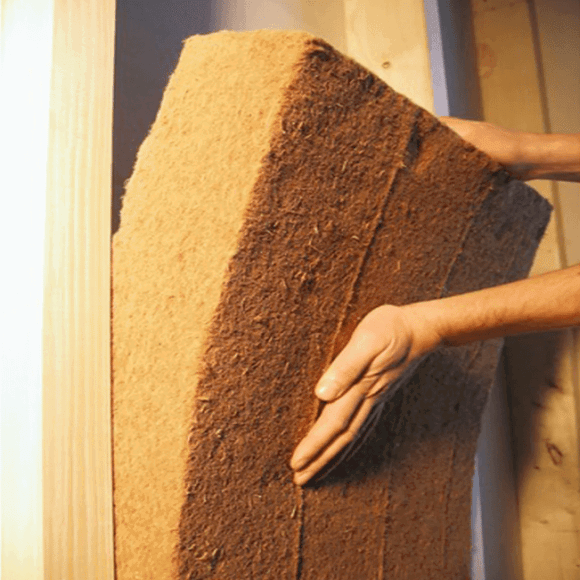 Insulation slabs are easy to install, but they still require some care and attention to ensure the best results. Here are some of the best practices for installing insulation slabs:
Insulation slabs are easy to install, but they still require some care and attention to ensure the best results. Here are some of the best practices for installing insulation slabs:
- Follow the manufacturer’s instructions: The manufacturer or the supplier of the insulation slabs will provide the installation instructions, which will include the recommended tools, methods, and safety precautions. It is important to follow these instructions carefully, as they will ensure the optimal performance and durability of the product. If you have any questions or doubts, you can contact the manufacturer or the supplier for clarification or assistance.
- Prepare the surface: Before installing the insulation slabs, you need to prepare the surface to be insulated. This may involve cleaning, repairing, or levelling the surface, depending on the condition and the type of the surface. You also need to measure the surface and mark the positions and dimensions of the insulation slabs, to ensure a proper fit and alignment. You may also need to install a vapour barrier or a breather membrane, depending on the product and the application, to prevent moisture problems.
- Cut and fit the insulation slabs: Once the surface is ready, you can cut and fit the insulation slabs to the surface. You can use a sharp knife or a saw to cut the insulation slabs to the required size and shape, and you can use a tape measure, a ruler, or a square to ensure accuracy and precision. You need to fit the insulation slabs tightly and securely to the surface, leaving no gaps or spaces between them or around the edges. You can use nails, screws, clips, or adhesives, depending on the product and the substrate, to fix the insulation slabs to the surface. You need to check the level and the alignment of the insulation slabs and make any adjustments if needed.
- Cover and finish the insulation slabs: After installing the insulation slabs, you need to cover and finish them with the appropriate materials, such as plasterboard, drywall, or cladding, depending on the product and the application. This will protect the insulation slabs from damage and exposure, and it will also improve the appearance and the aesthetics of the surface. You need to follow the manufacturer’s instructions for covering and finishing the insulation slabs, and you need to use the suitable materials, tools, and methods.
Examples of Insulation Slabs from Buy Insulation Online
Buy Insulation Online is a leading online supplier of insulation products, including insulation slabs, in the UK. We offer a wide range of insulation slabs from various brands and manufacturers, such as Knauf, Rockwool, Steico, Thermafleece, and Indinature. Here are some examples of insulation slabs that you can find on our website:
- Inditherm Hemp Insulation Batts by Indinature: These are natural and sustainable insulation slabs made from hemp fibres, which are renewable and biodegradable. They have a high thermal and acoustic performance, and they are breathable and moisture resistant. They are suitable for insulating walls, floors, and roofs, and they are easy to install and handle.
- Knauf Dritherm 37 Mineral Wool Cavity Insulation Slab: These are semi-rigid insulation slabs made from mineral wool, which is recycled from glass and rock. They have a high thermal and fire performance, and they are water-repellent and vapour permeable. They are designed for insulating cavity walls, and they are easy to cut and fit.
- Knauf Rocksilk Flexible Slab Mineral Wool Insulation: These are flexible insulation slabs made from mineral wool, which is recycled from glass and rock. They have a high thermal and acoustic performance, and they are fire-resistant and moisture-resistant. They are suitable for insulating walls, floors, and roofs, and they are easy to bend and shape.
- Steico Flex 036 Wood Fibre Insulation Batts: These are natural and eco-friendly insulation slabs made from wood fibres, which are renewable and compostable. They have a high thermal and acoustic performance, and they are breathable and moisture-regulating. They are suitable for insulating walls, floors, and roofs, and they are easy to install and handle.
- Rockwool RWA45 Mineral Wool Thermal and Acoustic Insulation Slab: These are rigid insulation slabs made from mineral wool, which is recycled from volcanic rock. They have a high thermal and acoustic performance, and they are fire-resistant and water-repellent. They are suitable for insulating walls, floors, and roofs, and they are easy to cut and fit.
These are just some of the examples of insulation slabs that you can find on our website Buy Insulation Online. You can browse our website to see more products and details, and you can also contact us for any queries or orders. Buy Insulation Online is your one-stop shop for all your insulation needs.
Conclusion
In conclusion, insulation slabs are versatile and highly effective solutions for enhancing energy efficiency, acoustic comfort, and safety in various construction projects. Their ease of handling and installation, coupled with their exceptional thermal and acoustic performance, make them a superior choice for insulating walls, floors, roofs, and more.
When selecting the right insulation slab, it's important to consider factors like the type of surface to be insulated, the specific thermal and acoustic requirements, and the environmental impact of the materials. By following best practices for installation and choosing the appropriate product, you can ensure optimal results in terms of both performance and sustainability.
Whether you opt for natural hemp insulation or mineral wool alternatives, you can find a wide selection of insulation slabs to suit your needs at Buy Insulation Online, your trusted source for all your insulation requirements.
